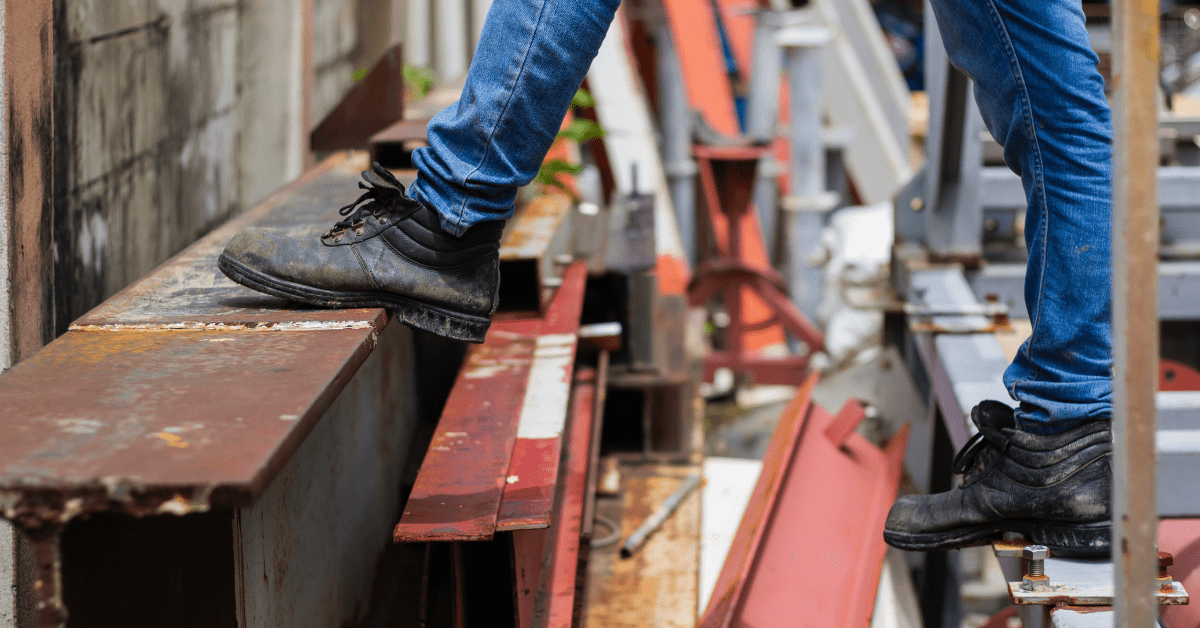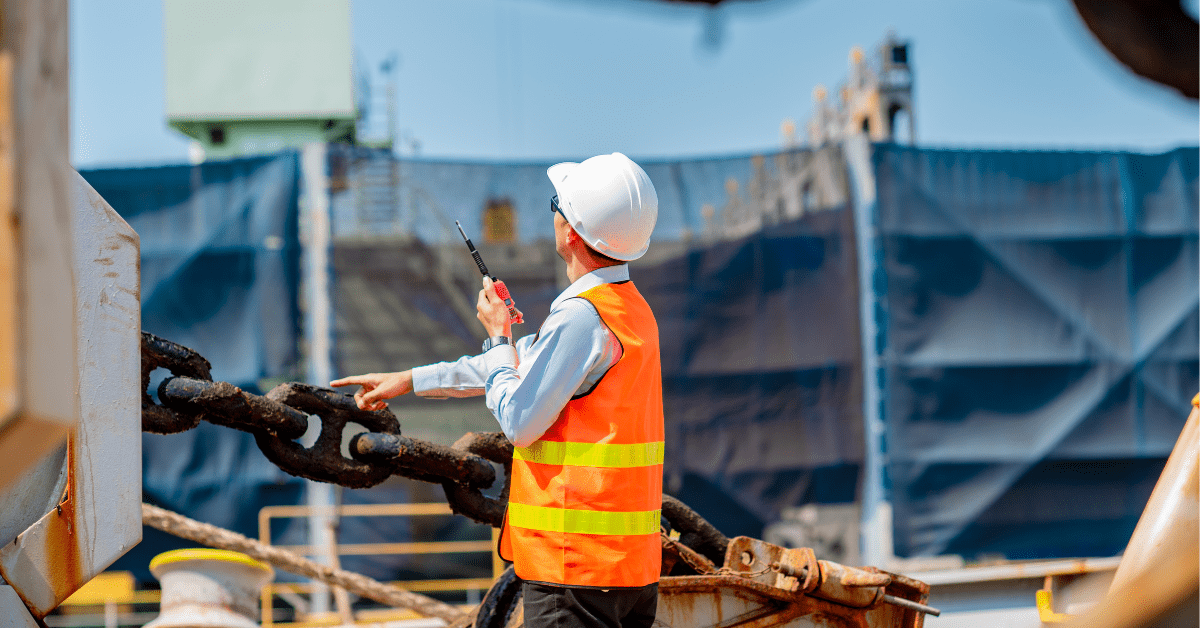

Construction jobsites don’t get safer by default. They get safer when teams move from assumptions to systems.
That shift starts by rethinking what contractor safety actually means. It’s not a noticeboard message or a weekly inspection. It’s every login, every ignition, every decision made before the work begins.
Contractor safety management systems help contractors take control of these moments. They replace key handoffs with verified access. They link inspections to real-time use. And they make operator behavior visible in ways that static processes can’t.
These systems are already reshaping how contractors work. And they’re becoming a foundation for safer, smarter operations.
Many safety risks begin before the machine moves. A shared PIN. A misplaced key. An operator using equipment they aren’t certified for.
Without visibility into who accessed what and when, contractor safety breaks down.
‘Contractor safety management systems solve this by making access personal and traceable.’
Contractor safety management systems solve this by making access personal and traceable. Operators are assigned credentials based on role, certification or shift. Access can be revoked or reassigned instantly. And every interaction with the machine is recorded.
This isn’t just about compliance. It’s about reducing uncertainty and creating a clear, verifiable link between equipment use and operator accountability.

Inspections are only useful when they happen consistently and feed back into decision-making. But traditional methods are often disconnected from how work actually flows.
When inspections are paper-based or tied to fixed intervals, issues can slip through. Machines may not get checked when they’re actually used. And flagged problems can take too long to reach the right person.
’Contractor safety is often most tested after an incident.’
With digital inspections built into contractor safety management systems, checks happen on the spot. Operators are prompted to inspect before use. Issues are flagged in real time. Information is instantly visible to site supervisors and service teams. This improves response times and helps prioritize the repairs that actually affect safety and uptime.
Contractor safety is often most tested after an incident. At that point, the question becomes: who used the machine, was it inspected, and what went wrong? Without a connected system, answers rely on guesswork. With a contractor safety management system in place, everything is already recorded.
Every access event, inspection, fault report and usage pattern is stored and linked to the specific operator and timestamp. This creates a transparent audit trail that supports internal investigations, insurance reviews and future prevention planning.
It also reduces administrative burden. There’s no need to chase down paper logs or rely on memory. The data is ready when you need it.
Jobsites are dynamic. Teams rotate. Equipment moves. Connectivity isn’t always guaranteed. That makes consistency a challenge.
Contractor safety management systems are built to handle this complexity. They work across mixed fleets, rental equipment and shifting contractor teams. Credentials can be shared via mobile phone, RFID or operator ID. And offline access via Bluetooth keeps machines secure even when networks are weak.

This flexibility makes it possible to roll out safety systems across multiple projects and equipment types without losing control. It’s a safety model that adapts to your environment, not the other way around.
Safety systems often fail when they rely on extra effort. Contractor safety management systems work differently. They automate steps that slow people down and reduce the need for manual tracking.
‘The most effective safety systems don’t ask for extra effort. They remove friction and replace it with clarity.’
Operators get prompted to inspect. Supervisors get alerts when issues arise. Every machine interaction is traceable without adding steps. This level of automation makes safety part of the workflow instead of a separate process. It also builds trust across teams because when something’s logged automatically, there’s no second-guessing.
The result is a tighter connection between accountability, action and insight.
Contractor safety isn’t just about preventing incidents. It’s also about protecting uptime, extending machine life and improving project outcomes.
When access and inspections are consistent, maintenance becomes proactive. When operator behavior is tracked, training needs become clear. And when safety processes are digitized, managers can act based on facts, not assumptions.
Contractor safety management systems create the data foundation that supports operational performance. They help teams move faster, work safer and avoid preventable delays.
The most effective safety systems don’t ask for extra effort. They remove friction and replace it with clarity.
That’s the difference contractor safety management systems are making on modern jobsites. They connect people, processes and equipment in real time, and turn safety into something that happens by design, not default.
To explore how connected systems are transforming safety across the industry, read what is construction telematics and why does it matter. For a closer look at how machine-level visibility drives action, see what equipment OEMs can do today to boost machine performance.
Foundations is our new series focusing on the nitty gritty of construction technology and showing how to make it work for your business day-to-day. Want to find out more? Visit Trackunit today and make sure you’re fully connected.

